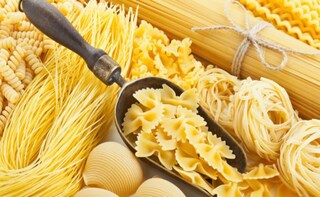Food is about textures, shapes, flavour, colour and culture. It should take you to a place that's safe and warm, a kind of place that you'd want to visit often if not every day. Pasta happens to fall right in the middle of that mix. Just picture a pristine white bowl of silken pasta drenched in a lovely garlic flavoured butter sauce, some black pitted olives with a sprig of freshly picked herbs sitting atop. Now, isn't that something you could always use? No matter what time of the day it is.
Advertisement
Advertisement
Advertisement
Advertisement
For the latest food news, health tips and recipes, like us on Facebook or follow us on Twitter and YouTube.
Advertisement
